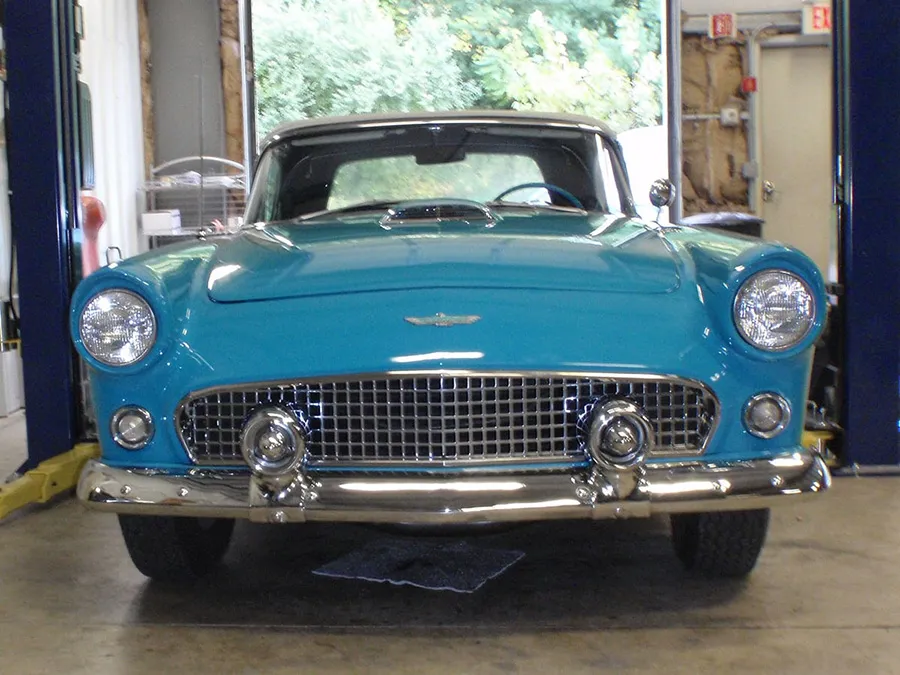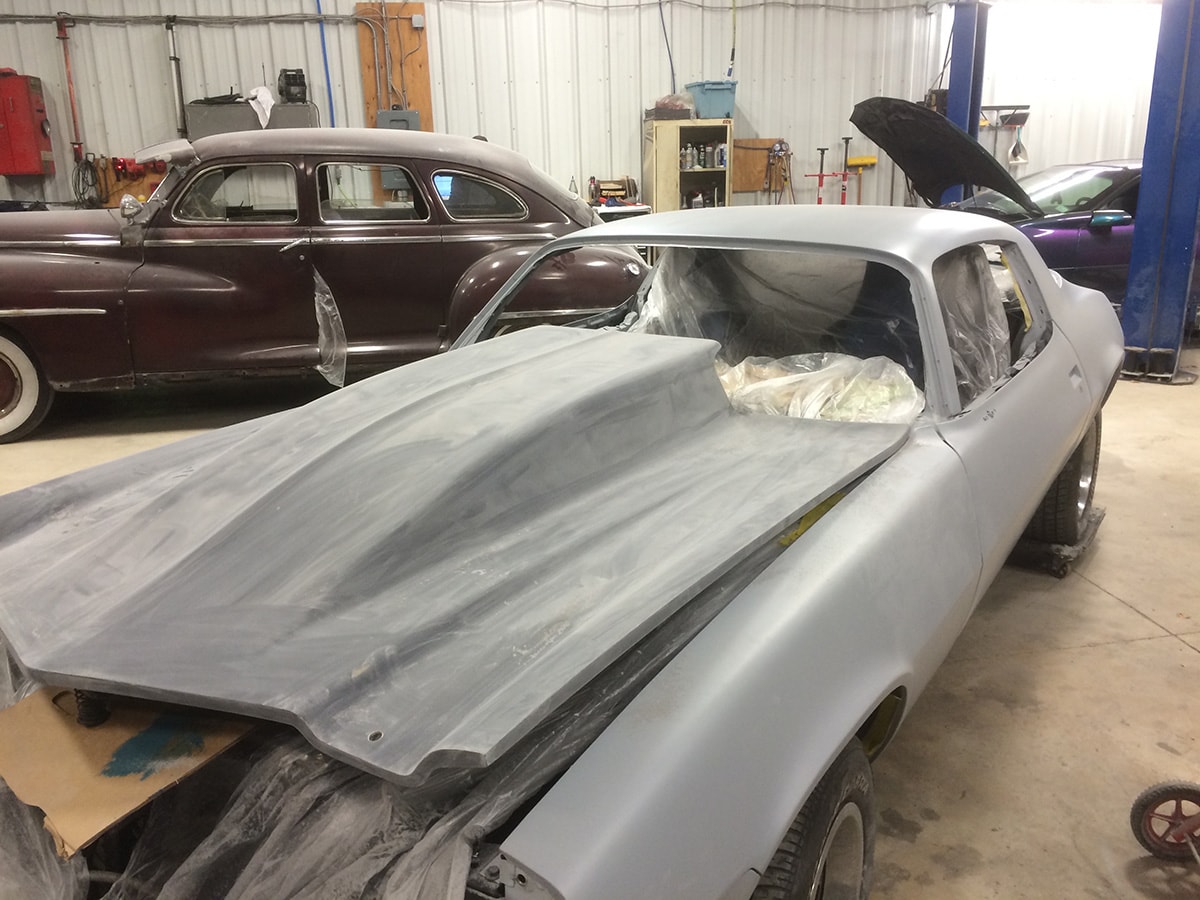Embarking on a classic car restoration project can be both exciting and daunting. If you have an aged beauty from an era when cars just made sense, then we know how you feel. Looking at something that elegant can evoke visions of action: scenes of you driving this magnificent vehicle on the open road…and beyond. If these frequent cutscenes are motivating you to begin this project, then good; don’t fret too much about the work that needs to be done. Simply take it one step at a time, keep nursing that fiery ambition, and remember that any car can be restored.
Fall Is The Perfect Time To Start
There’s no better time to start restoring your antique car than the fall. Ideally, you want your car to be in “fighting shape” by the summer. Just as you should start working on your beach body before beach season, so too should you begin the restoration process before classic car season. Even if you’re not planning to show off your vehicle at a car show, you’re still more likely to drive it in the summer. Wouldn’t you rather that all the major issues have been dealt with prior to its peak driving season?
In addition, there is an added benefit of performing all of the major work during the fall: outside temperatures. If you live in Connecticut, then you know how brutal winters can be. In mid-February, we can see negative digits on a Monday, snow on Wednesday, and heavy rain on Friday. Frequent fluctuations like these make it hard to be consistent. Lag in between work sessions can make it difficult to reach real milestones.
Car Restoration Checklist: 3 Steps You Must Take
It’s fall. That means it’s time to get your hands dirty. But with so many things to do, where should you even start? Complete these 3 steps first:
1. Take Pictures Every Step of The Way
Whether you’re replacing spark plugs or the entire engine, it’s always good to know what the car looked like before you did anything to it. At its core, mechanical work is about taking things apart and putting them back together. Classic car work is no different. Even experienced mechanics benefit from a handy “before” shot, so before you do anything, break that camera out! Take pictures of the body, but most importantly, take pictures of the engine bay, and everything underneath the car as well. Check out our work for real-life examples
2. Lift Your Car With Real Jackstands
Many otherwise smart people tend to make the dumb mistake of not lifting their car safely and securely. Don’t use milk crates, simple blocks of wood or ramps to support your car—use real steel jack stands! When shopping for jack stands, remember that they’re not all created equal. Pay attention to the ton capacity. 2 ton stands, for example, are great for mid-sized cars, while heavier trucks will require 6-ton stands.
3. Inspect The Frame
A car’s frame is one of its most vital components. The frame is what the car sits on. If the frame is damaged, then the car can be hazardous to drive. While it might start and run, it won’t offer adequate protection in the event of an accident. If there is damage to the frame, it is possible to repair or straighten it with special equipment, so don’t fret right away.
Need Help WIth Your Classic Car Restoration? Call Innovative Restorations
If you don’t have the time or mechanical experience to perform the work yourself, then we can help! We at Innovative Restorations have the tools and knowledge needed to restore your classic car back to its former glory. Mechanical upgrades, factory-scheduled maintenance, expert painting and refinishing—we do it all! The time is now, so don’t wait–contact us today!




